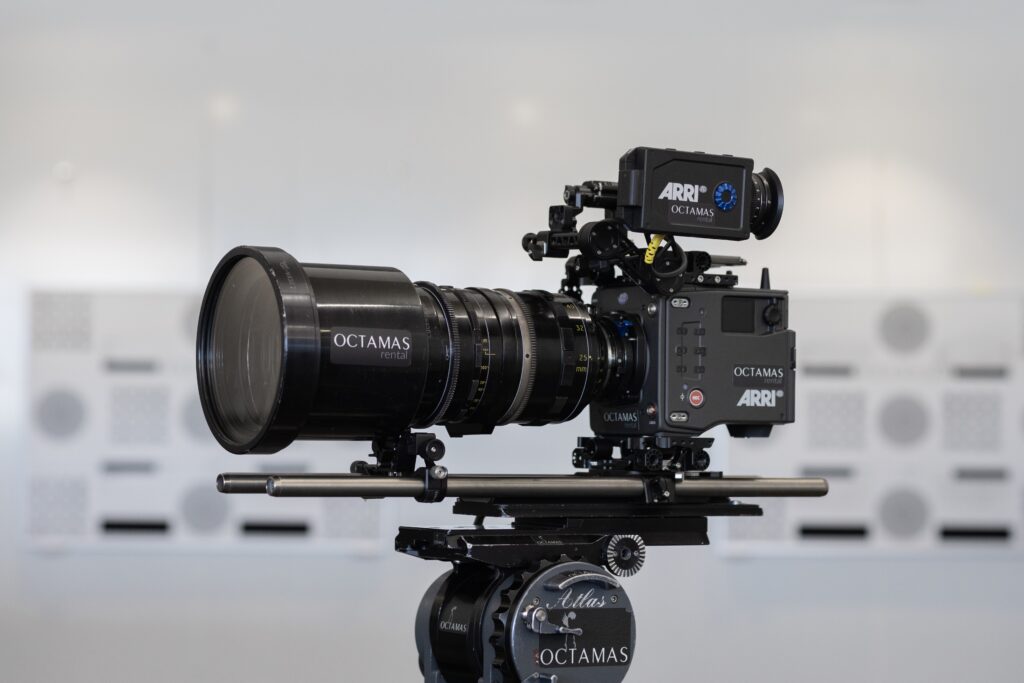It’s the 27th of May 1976 and a rather stressed out Vittorio Storaro, still stuck in his hotel room, has just gotten off the just reinstalled line with an enraged Francis Coppola. The already legendary DP just got news of their set in Iba, on the western shore of Luzon, being destroyed when Typhoon Olga made landfall the night before. Unsure about the future of his biggest project to date, Storaro picks up the phone again and decides to call his laboratory and gear supplier back home to hear how things were going in Italy. On the other side of the planet a scar-faced man, already in his late 50s, composedly listens to an agitated Storaro, trying to calm him down – in perfect Italian. Henryk Chroscicki was born in Poland in 1919 and served in the Australian Army in WWII. For his gallantry (leaving a distinct mark on the left side of his face) during the war, the Australian government granted him a scholarship which he used to apply to the prestigious “Institut des hautes études cinématographiques”. After the Parisian film school rejected Chroscicki he opted to enroll in his second choice, the “Centro sperimentale di cinematografia” in Rome. This was to be the perfect move for the young cinematographer. After finishing school he went on to shoot a documentary in Palermo, where he met the Sansone brothers who were running the city’s first rental house – a novelty concept at the time. Taking this idea back to Rome, Chroscicki and his friend Francesco Maselli started renting out vehicles and gear (he licensed the design for the Totalscope format and anamorphic cylinders from a French company) to the Roman film world as the company “ATC”. His collaboration with Maselli and the Sansone brothers would also result in “Sancro Film,” a tremendously successful production company. If you’ve seen any Spaghetti Western it was most likely produced by these guys. With Sancro Film eventually struggling, and being a technician at heart, Chroscicki focused more on optomechanics, then started his quest to develop what he would consider the perfect anamorphic lens. Together with his head engineer Giuseppe Mani, he extensively tested lenses from all the esteemed manufacturers, but would ultimately settle on Cooke and Zeiss for his spherical taking lenses. What is well known today remained a secret at the time: just like so many others Chroscicki and Mani would use Japanese Shiga cylinders with a 2x squeeze factor for their lenses. Around this time Chroscicki befriended Vittorio Storaro, whom he would eventually convince to use his lenses on his biggest and definitely most anticipated project yet, what would become arguably one of the best films in history: “Apocalypse Now”. Coppola’s masterpiece, Chroscicki, Storaro and the company now called “Technovision” all go hand in hand. Storaro even trusted Chroscicki and Technovision so much that he would convince Coppola to send all the film shot in the Philippines to Rome to be developed there instead of using a laboratory in LA, adding to the logistical nightmare the production was already suffering. The company, established the year photography for “Apocalypse Now” began – 1976 – would specialise not only in anamorphic processes, but as a laboratory and in this case here: supercharging the ever-loving heck out of Cooke’s legendary zoom lenses as well. My lightning-fast and humongous 25-250mm T2.3 zoom here has a good chance of being one of the lenses actually used on set in the Philippines – or so I’ve been told by a former Technovision employee who said they’ve only built a handful of them back in the days. The company would work closely with Fukuzawa Engineering in Japan for manufacturing. Technovision would branch out to Paris, London and the US and grow to be one of the major players in specialist lenses and processes. Storaro once stated that the little brother of my lens here, the 18-90mm T2.3 was his favourite piece of glass. When former ARRI employee Harald Buggenig took over the company in 1996, he didn’t question the “flaws” the high-speed anamorphics had, but saw them as the legendary gear that enabled Storaro and so many others to shoot highly-acclaimed and immortal masterpieces. Technovision was eventually split up and sold to competitor Panavision. DVMP in Rome could also be seen as somewhat of a successor. Henryk Chroscicki was an impressive man with an impressive story. Being through hell and back and speaking six languages, he died in Paris in 2000. But his legacy does not only live on through his films but also through the continued use of the incredible gear his company blessed the cine world with.

